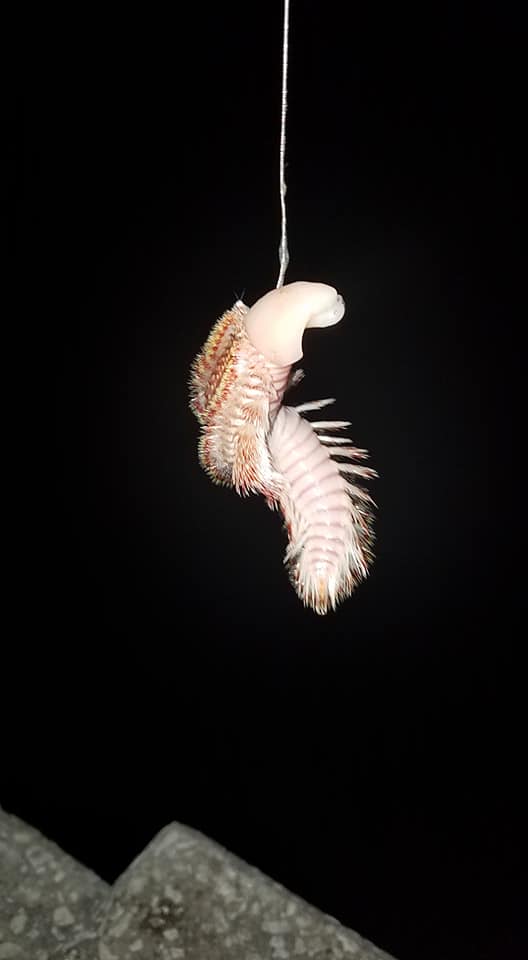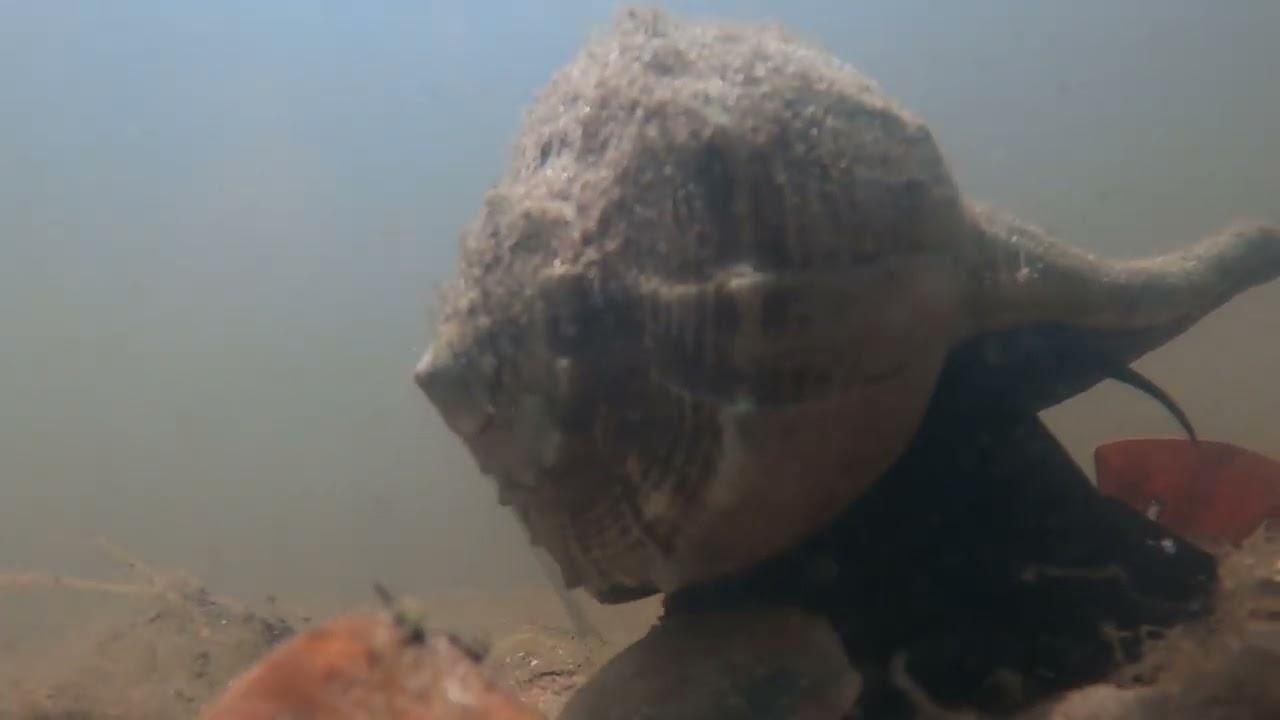Bearded Fireworm
Bearded Fireworms:
If you are a diving enthusiast or simply fascinated by marine creatures, you cannot miss the opportunity to learn about the bearded fireworm. These mesmerizing creatures inhabit the oceans, providing a sight that is as beautiful as it is captivating. Let’s dive into the fascinating world of bearded fireworms and discover their unique features and behaviors.
Appearance and Anatomy
Bearded fireworms, scientifically known as Hermodice carunculata, are polychaete worms belonging to the family Amphinomidae. These worms can grow up to 35 centimeters in length, showcasing vibrant colors that range from shades of orange to red.
Their name, “bearded fireworms,” comes from their distinguishing feature of having numerous bristle-like appendages called chaetae, which give them a beard-like appearance. These chaetae are also equipped with venomous tips, delivering a painful sting when touched.
Habitat and Distribution
Bearded fireworms are found in warm, tropical waters around the world. They are commonly found in the Atlantic Ocean, particularly in the Caribbean Sea and the Gulf of Mexico. These worms thrive in coral reefs, sea grass beds, and rocky areas within the ocean.
Feeding Behavior
Bearded fireworms are carnivorous predators, feeding mainly on dead and decaying organisms. They use their powerful jaws to scavenge the ocean floor, consuming both invertebrates and small fish that have fallen victim to the depths.
Defense Mechanisms
As mentioned earlier, the bearded fireworm’s bristle-like chaetae are not only for display but also serve as a vital defense mechanism. When disturbed or threatened, these worms will erect their chaetae, delivering a venomous sting to deter predators. Though not life-threatening to humans, the sting can cause a burning sensation and localized skin irritation.
Furthermore, bearded fireworms possess the ability to regenerate lost body parts, allowing them to quickly recover from any damage or injuries received during a potential confrontation.
Reproduction and Life Cycle
Bearded fireworms have a complex life cycle that involves sexual reproduction. During mating, the worms release eggs and sperm into the water, where fertilization takes place. The fertilized eggs then develop into larvae, which float freely in the water column.
After spending some time as planktonic larvae, they eventually settle on the ocean floor and transform into miniature versions of the adult bearded fireworms. Once fully grown, they continue the cycle by reproducing and contributing to the next generation.
Interaction with Humans
When encountering bearded fireworms, it’s important to exercise caution and avoid direct contact. Their venomous sting can cause discomfort and irritation, so it’s wise to observe them from a safe distance.
However, it’s crucial to note that bearded fireworms are generally not aggressive towards humans and will only sting if they feel threatened or mishandled. Respect for their natural habitat and a responsible approach to marine life observation is essential.
The Wonder beneath the Waves
The bearded fireworm is a marvelous creature that showcases the incredible variety of life found in our oceans. From their stunning appearance to their unique defense mechanisms, these worms remind us of the diversity and resilience of marine ecosystems.
The next time you find yourself exploring the fascinating world beneath the waves, keep an eye out for these extraordinary bearded fireworms. Their vibrant colors and captivating presence will undoubtedly leave you in awe of nature’s creations.
Share your own encounters with bearded fireworms or any other marine marvels you’ve come across. Together, let’s celebrate the beauty of our oceans and work towards their conservation.
Share this content:




Post Comment
You must be logged in to post a comment.